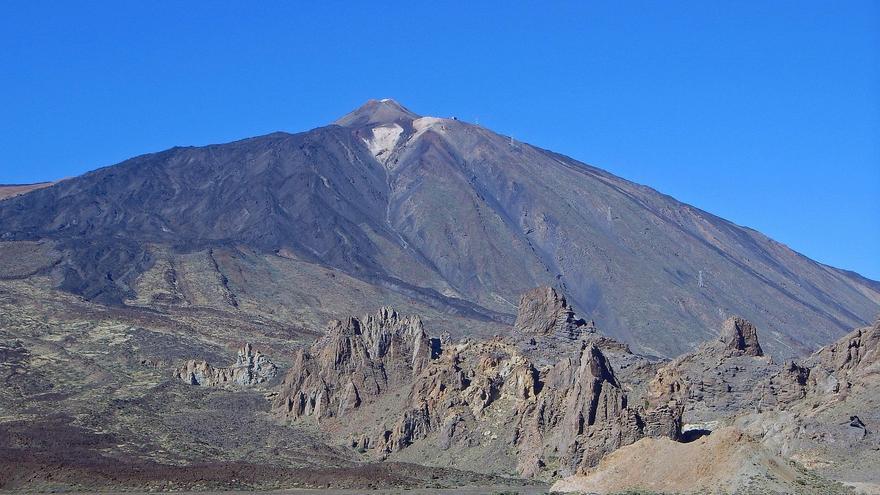
All eyes are focused on him Teide, where small earthquakes have been happening since Thursday that have continued this same Saturday morning. Scientists and authorities remain alert to the evolution of this “swarm of earthquakes” in case it could be the prelude to some volcanic event. At the moment, the messages are quite reassuring, since it is something relatively common.
The National Geographic Institute (IGN) has detected in the early hours of this Saturday 25 earthquakes in Tenerife, of which one had a magnitude 2 (already in the sea) and its epicenter was located at a depth of 23 kilometers in Guía de Isora.
All these seismic movements, except one, had a magnitude greater than 1 and were concentrated in four hours, between 1:00 and 5:00 Canarian time. Their depth ranged between 9 and 26 kilometers.
The IGN had already registered 458 earthquakes at dawn on Friday, of which it could barely locate 13 because they had magnitude, as well as another five on Thursday morning.
The tremors are currently of little relevance, scientists insist. In fact, the energy released by the sum of the 458 seismic movements detected on Friday in the Cañadas del Teide “would reach an earthquake of magnitude 2 or a little more,” according to Itahiza Domínguez, seismologist at IGN.
within normal
It is not, however, a movement that must necessarily herald an upcoming eruption on the island, since falls within the normal seismic movements from Tenerife.
Although this activity is not the most common on the island, it is not rare either. “We have records of similar movements in 2016 and 2019”highlights Itahiza Domínguez, who points out that, on both occasions, the location, number and magnitude of the earthquakes were very similar to what has happened in the last few hours.
“They are very small earthquakes that are detected thanks to the Tenerife network, which is very sensitive,” he insists.
The movements have occurred in the Las Cañadas area, southeast of Pico Viejo, at a depth of about 13 kilometers and with a maximum magnitude of 1.6, although “most do not reach 0.3”, the researcher highlights.
without discarding anything
Although it is still being studied why Teide suffers these ‘illnesses’ from time to time, the researchers consider that it may be related to natural movements of the magmatic chamber, but They do not rule out that, in the long term, it may be the activity that precedes an eruption. “It may be related to the activity of the gases found at the bottom,” says Domínguez, who insists that Tenerife’s volcanic system is much more complex than that of other islands.
Tenerife, in fact, always has a background activity of between 500 and 800 earthquakes per year. “Other volcanically active islands such as El Hierro and La Palma in normal years hardly reach 20 earthquakes a year”, indicates the researcher. In addition, as a comparison, the researcher recalls that before the submarine and terrestrial eruptions on these two islands, the detected earthquakes amounted to 30,000 on El Hierro and 50,000 on La Palma.
After this movement there has been no deformation either. The swarm ceased at five in the morningafter three hours of continuous activity and has not reactivated.
“It reassures us because, in addition, on other occasions it has not gone further,” insists the IGN seismologist. However, he recalls that it is necessary to maintain vigilance of the phenomenon.
Web to follow earthquakes in Tenerife in real time: https://www.ign.es/web/resources/volcanologia/tproximos/canarias.html
……
Environment section contact: [email protected]
















